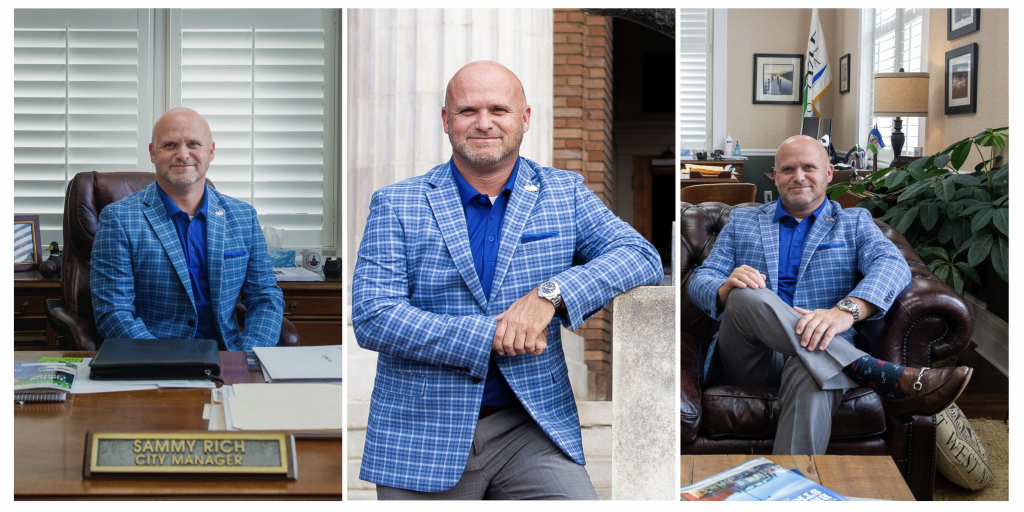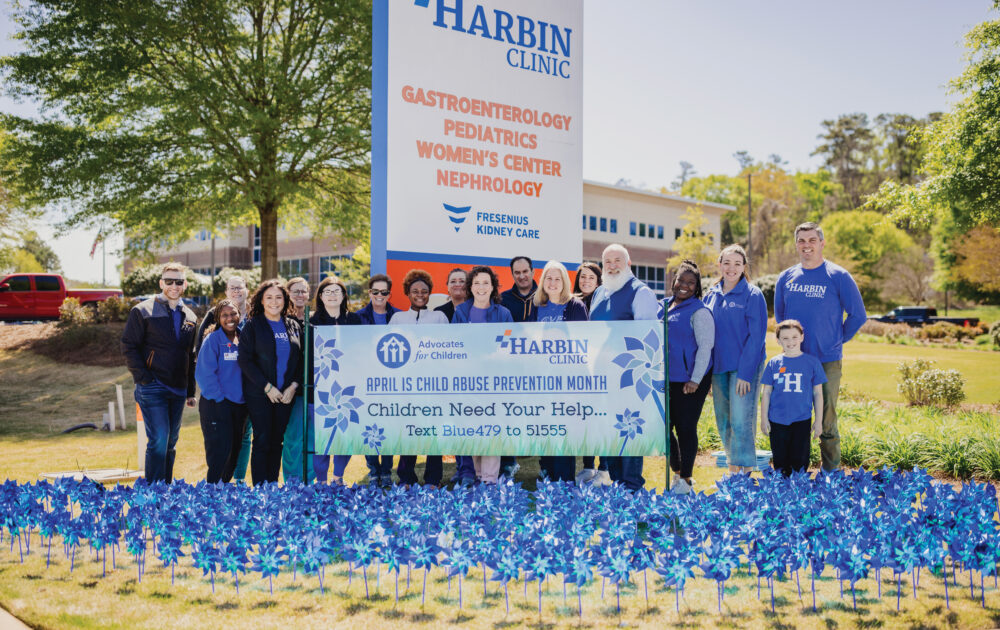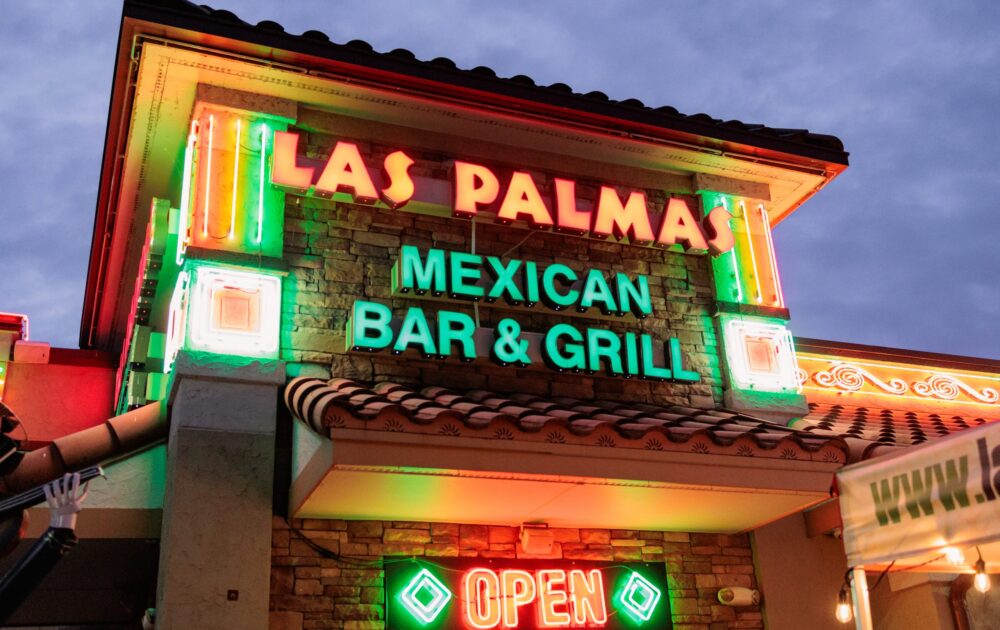
Q1: Mr. Rich, can you update us on where the city and county are with the latest SPLOST projects?
SR: Yes! So we’ve been working out of the 2013 SPLOT Program, so we’re now coming to the tail end of that SPLOT. For us at the city, we’ve got one big SPLOST project remaining, and that’s what we refer to as Unity Point. So down at the confluence of the rivers for a number of years, that project has basically waited to get started. It goes back to the fact that it was built prior to the 1996 Olympics in Atlanta. That lead to that construction. Unfortunately, the nature of rivers is that it has been eroding away the banks, so it had to be closed for insurance purposes. So fast forward, and we’ve got the SPLOST project. So we’re getting those bids out, and so that’s underway.
Another exciting one is our trail project. You know as a city we’re very active in trails and trail building. We’ve got some money allocated, so there’s a couple of trails we’re working on. One of them is the Mt. Berry Trail and the other is the Redmond Trail. Mt. Berry Trail starts behind the Post Office on Martha Berry Boulevard and heads north behind Oak Hill and parallel the Oostanaula River, so it would go around and have a dogleg that connects to the front of Berry College. Ultimately it will loop all around to the connector.
There’s a couple of phases of the Redmond Trail. Our friends over at the county have been working on a bridge project for the trail. It will go through Summerville Park, and it basically terminates over a the quarry at Berry College. It’s convenient because Berry is working on the Spires project. So both the college kids and the Spires community will be able to use these trails.
Then we come to the 2017 SPLOST, and those don’t really get kicked off yet because we’re still under the 2013 SPLOST. It will be April of 2019 before the new collections actually start, so we’ll obviously have a lot more to talk about in the future.
Q2: How do you work with the county to decide which projects get priority?
SR: I came here in 2002 to be the Assistant County Manager, and ironically County Manager Jamie McCord used to be the city’s Public Works Director, so we understand each other. And generally the public doesn’t care who provides something, they just want the service. You want to turn your water on, you want it to work, you want to drive down the road without it having potholes. You want the service, and you don’t really care how you get it. I think it’s easy for us as a community to take for granted that we’re not always arguing. You don’t have to look far around the state to see where cities and counties are constantly fighting and bickering, and they’re suing each other; so the good news is that we don’t have that and that allows us to focus on what we do. We deliver the service and try to be as efficient as we can, so cooperation is at an all time high between the city and the county.
It’s a good time to be in Rome. There’s a lot of good forward momentum, and we got some exciting projects, more and continued private investments, and of course, jobs. We spend a lot of time collectively working with our team trying to recruit industry and jobs here. It feels like politically we’re headed in the same direction. You’ve probably heard us say a lot “we’re open for business,” and that’s one of the reasons we have a “one stop shop” where our building, zoning, and planning are all consolidated in one department. So we are on the same page to try to facilitate business. So you’re seeing that both city and county, we want to see this community flourish. That’s the good news. And it allows us to work together on the SPLOST and other projects where we can work together to figure out what’s best for the community.
Q3: In terms of upcoming projects, what can we expect to see in the River Arts District?
SR: This project goes back a little bit to our planning efforts. We’ve looked at Broad Street, and it’s done very well, and West 3rd has taken off too; for instance, we’ve got the Marriott Courtyard Hotel there.
So then we had the idea of this Arts District. What our goal is going to be is to do some strategic investment. To make it a walkable environment, specifically at the intersection of West 3rd and 5th Avenue. We’re asking: how might we recreate that intersection? How might we make it more pedestrian friendly? We want it to be like Broad Street with a certain look and feel, brick pavers, decorative street lamps, benches, etc. The idea is to recreate some of those elements. And it doesn’t have to look the same. In fact, part of the nature of being the Arts District means it may take on a unique identity, which I think would be ideal. So really the evolution of what happens over there is going to be a little bit of wait and see. As far as our goal, we’re thinking good, strategic, public investment. If we put money in roads, infrastructure, water and sewer, sidewalks; the businesses will come. And I hear about real estate investments already. But I think as one project becomes successful, that will spill into other projects as well. The sky is really the limit! In terms of the plan, what has been visualized is going from vacant industrial buildings to walkable retail spaces, maybe rooftop bars above them. I think that it can really be something unique that can continue to change Rome for the better. Time will tell!
Q4: What are your plans for Rome’s rivers and the Blueways portion of the latest SPLOST?
SR: While Rome has always been a river city, about 30-40 years ago, as a town we essentially turned our back on them. In fact, you’ll hear people who have lived here forever say that it used to be that the rivers were just where the sewers went. Now, you’re hard pressed to not see boats on the water everyday, and there’s sort of this outdoor vibe and cultural shift. So in the 2017 SPLOT, one of the projects is this idea of a boathouse. It’s going to be down on the Coosa River. It’s exciting to hear how different the town looks now, and how it looks from the river. So I like to think of where can we put additional boat launches, and I love the idea of getting more rooftop restaurants that could capitalize on the view of the rivers. Hopefully we can make it more convenient for people to get out and enjoy the Blueways.
Q5: What would you say keeps you motivated and inspired at your job?
SR: Rome is so unique, and it’s always exciting for us to show off Rome. In my role, we’re a pretty much a complex business providing city service, and we’ve been working a lot on this culture and this culture change of why are we here: which is to serve the citizens. And I’m really fired up about this idea that it’s a good time to be in Rome, but it’s only going to get better! My goal in life is for our citizens to feel safe, and like they’re getting the best bang for their buck. That is, we’re not just going to put out fires and keep you safe, but we’re always building a quality of life.
While it’s easy to get caught up in the mundane day-to-day stuff, we try to look at the big picture and ask “what does this town look like 10 or 15 or 20 years down the road?” “Is this a place where people want to come and raise their families and invest?” That’s what keeps me energized: thinking about what we’re doing for the long haul.



